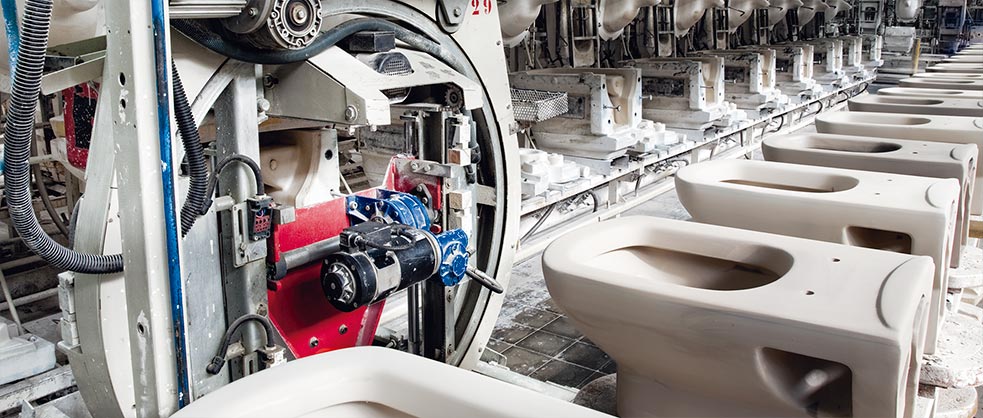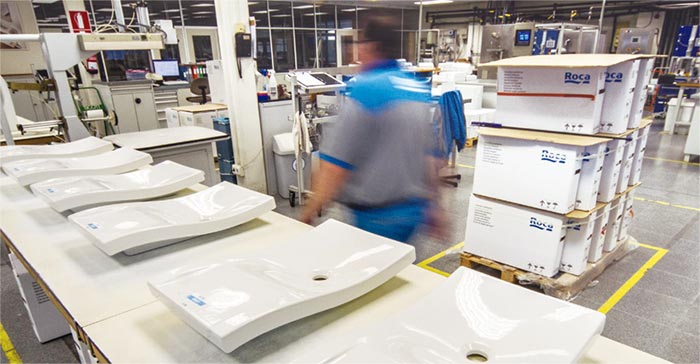Sanitary ware plants

In 2013, we consolidated the investments made in previous years in sanitary ware plants located in strategic markets. Both the new Santa Luzia II plant (Brazil) and the expansion of the Dewas (India) and Novocheboksary (Russia) plants have reached their full capacity.
The opening of Santa Luzia II in southeastern Brazil and the installation of a new tunnel kiln in 2013 have firmly established this facility as the Group’s highest-capacity factory (4.4 million units per year) to meet both domestic demand and demand from other Latin American markets. In India, we have undertaken a new phase in the expansion of the Dewas plant, aiming to reach a capacity of 1.9 million sanitary ware pieces. The expansion has involved the installation of a new tunnel kiln and 50 casting lines, among other facilities, that make the new production capacity a reality. The Novocheboksary expansion is also a significant milestone in the Group’s history in Russia because the other plants in the country are running at almost full capacity.

The heightened capacity of these new facilities will allow the Group to meet the growth targets for these countries and their areas of influence and thus further contribute to the Group’s turnover. In keeping with this goal, we also kicked off the Tangshan (China) plant expansion as well as a new phase in the Dewas expansion project during the last quarter of 2013.
Moreover, the industrial map has been reconfigured in certain countries to adapt production capacity to market trend forecasts and to exploit synergies between factories in the same region.
In the case of Spain, ending production at the Alcalá de Henares and Alcalá de Guadaira plants has allowed us to consolidate an industrial map designed to address market needs. The Group has also embarked on a plant restructuring process in the Balkan region to improve integration of these plants into the production process.
All Group plants have implemented a cost control and productivity policy with specific programs for factories with more room for improvement in this area. Joint production planning also contributes to improving the control and rotation of finished and intermediate product stocks.